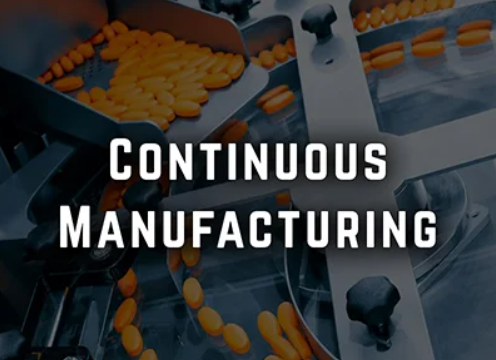ICH Q13: Continuous Manufacturing - Final Version Of Guideline
🎤 Kelly Thomas | 📅 February 29, 2024 | 🕒 11 AM Eastern Time US
Why You Should Attend:
1. Broad Applicability: The ICH Q13 Guideline can be seamlessly applied to the manufacturing of active pharmaceutical ingredients and medicinal products, encompassing both small and large molecules. This guideline is equally relevant to a spectrum of scenarios, ranging from the development of new products, including new drugs, generics, and biosimilars, to the transformation of traditional batch production into a continuous production model for existing products. It delves into critical facets of development, Good Manufacturing Practices (GMP), and regulatory affairs.
2. Comprehensive Structure: Similar to the draft version, the final release of the guideline is structured into two distinct parts. Part 1 primarily focuses on regulatory considerations and provides essential definitions that serve as the foundation for understanding the principles at play. Part 2, which holds particular intrigue, comprises five informative annexes, each honing in on the continuous manufacturing of the following:
- Active ingredients
- Medicinal products
- Therapeutic proteins
- Integrated manufacturing of APIs and drugs
- Strategies for handling process disturbances
Areas Covered in the Session :
- Introduction - Challenges of 21st Century Pharmaceutical Manufacturing
- Discussion of ICH Q13 contents
- Advantages of Continuous Manufacturing
- First Steps toward Continuous Pharmaceutical Manufacturing
- Recent Progress in Continuous Pharmaceutical Technologies
Who Should Attend:
- Quality Assurance Departments
- Quality Control Departments
- Regulatory Affairs Departments
- Research and Development Departments
- Manufacturing Departments
- Production Departments
- Engineering Departments
- Operations Departments
- Product Development Professionals
- Process Engineers
- Compliance Departments
- Validation Departments
- Top Management


